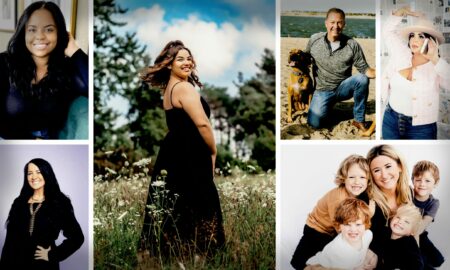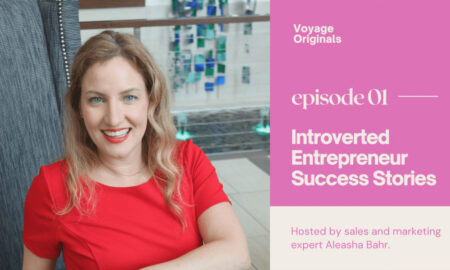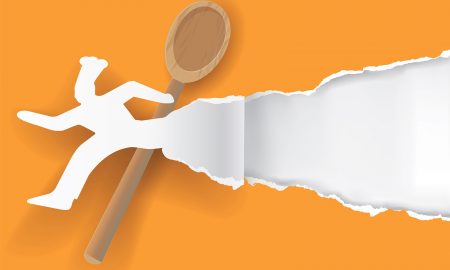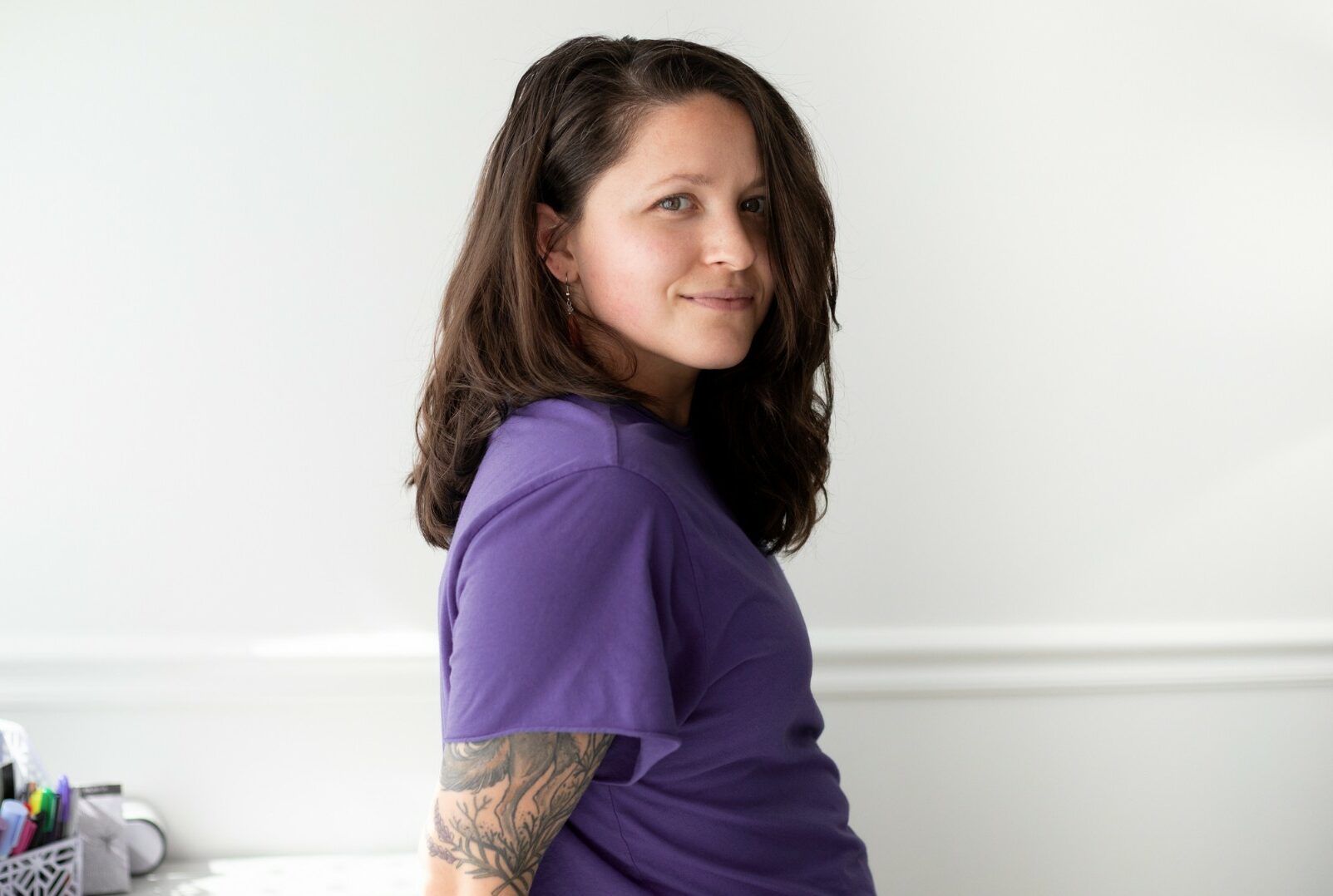 Today, we’d like to introduce you to Chelsea O’Day-Navis, LPC.
Today, we’d like to introduce you to Chelsea O’Day-Navis, LPC.
Hi Chelsea, we’re thrilled to have a chance to learn your story today. So, before we get into specifics, maybe you can briefly walk us through how you got to where you are today.
This won’t be easy to keep short. From an Irish-American, blue-collar family, I love telling stories and I revel in details (they’re all so important!), so I am quite allergic to summarizing things. Shall we start from the womb? Just kidding. But I’ll take off with the fact that from a young age, I’ve always been very sensitive and drawn to helping others—people and animals alike. I was the kid advocating for relocating spiders instead of squashing them, and the one screaming “Fly away birds! Fly away birds!” when my brother practiced his BB gun skills in the yard, knowing the little stinker was sure to aim at my feathered friends. As I got older, I knew what to say and what not to say to raise or reduce tension, and most of the time, I tried to reduce it with quick-wit humor. However it got there, I was quite attuned to the feelings of others and could easily read a room. I mostly aimed to please others and make them laugh, but I could switch on a dime into being confrontational the second I noticed anyone being treated unfairly. Looking back, I am guessing it is no surprise to many that I became a mental health therapist and fierce advocate for marginalized communities. Oh, and a vegetarian.
Though we shuffled frequently between Massachusetts and West Virginia, most of my formative years, or at least the ones I remember most clearly, were spent in southern WV near a tiny town called Union. We used to joke about how we had more cows than people, and how we didn’t have a single stoplight in the entire county. Well, we did have a stoplight, we’d kid, but it was hanging on display in our middle school cafeteria. Both of my parents taught us the importance of integrity, gratitude, working hard, and sticking up for what’s right. We were privileged to have animals of many kinds like dogs, cats, rabbits, goats, geese, chickens, and even horses! Around age 12, I competed in rodeos with my horse at the time, Bandit. Bandit and I were not that great at the sport, as I was usually a ball of anxiety, and without a confident rider, so was he. However stressful, rodeos were a special time of bonding with my dad, and we had a good time together.
I will skip the handful of incredibly formative situations that were my teen years, but I will say that there was a lot of heartbreak, risk-taking, laughter, insecurity, drama, rage, and damn-good fun. There’s not much to do in a small town, so my friends and I spent much of our time partying. We’d gather around bonfires in cow fields, trailers, a makeshift shed dubbed the “Jam Room,” and even in a chicken coop affectionately known as “The Coop.” During summers, we’d float down the Greenbrier River on inner tubes, each with our own and one for the beer cooler. I’m grateful to have survived those experiences to share this tale.
I didn’t want to go to college; I was never interested in school and I was quite comfy where I was. Underneath the nonchalance, I was profoundly afraid of change, but most especially, failure. My mom was pretty firm with me as I approached high school graduation. She said, “If you don’t want to go to college, you’re going to work,” and made me get a job at the local Hardees. Up until then, my only work experience included barn chores at home and lifeguarding in the summer. Although working in fast food is an honorable profession, it wasn’t the right fit for me. My sliver of experience at Hardee’s was an awful one, and soon I was begging my mother to help me with student loan applications. As if we didn’t party enough, my best friend Josie and I eventually found ourselves bumbling along at one of the biggest party schools around: West Virginia University. Thankfully, not at Hardees, I still had to work while in school. In various restaurant jobs throughout the college town, I made great friends while learning how to serve tables and, at one point, bartending under the table in a hole-in-the-wall bar. Fast forwarding again through many ups, downs, and sideways, after getting a Bachelor’s in Social Work, I ended up all the way out in Boulder, Colorado in graduate school at Naropa University in the Contemplative Psychotherapy and Buddhist Psychology program.
Making the decision to enroll at Naropa was one of the most spontaneous, costly (understatement), and precious choices I have ever made. I underwent exceptional therapist training alongside an extraordinary group of big-hearted, vibrant people. Even to this day, I consider the lot of them family. For three years, we processed, processed, processed, with the program’s learning centered on direct experience. We argued, bonded, dated (lol), and practiced the therapeutic skills we learned in class with one another. We attended meditation retreats centered on deeply knowing ourselves and the fundamental nature of experience (no big deal), learning to sit with intensity, and integrating Buddhist philosophy and clinical psychology in our approach to helping others. I can try to explain it further, but in all accuracy, you really had to be there. I wouldn’t trade my Naropa experience for anything, and I believe this intensive three-year training makes me stand out in my approach as a therapist, not only on paper, but in presence and especially practice.
Would you say it’s been a smooth road, and if not, what are some of the biggest challenges you’ve faced along the way?
My answer varies depending on my mood, but the most common response? Hell no. There was life before OCD and life after. Flashing back to my second year of undergrad, I was about 19 years old and found myself in a failing relationship, academically adrift, and seeking solace in what I knew best: partying. Yee-haw! Something had to give. And it did. One day in my college apartment, OCD planted its red flag in my brain and shook the foundation of everything I once knew. Crack. Rumble. Roar. Like an earthquake. I recently heard someone describe the onset of OCD as akin to waking up in the Upside-Down from the show, Stranger Things. You can see the world, but it’s not as you once knew it. You can see the people you love, but you cannot reach them, and they cannot reach you. You’re profoundly alone.
The details are hard to sort, so I’ll begrudgingly summarize: I developed OCD centered on mostly existential dilemmas, where intrusive thoughts plagued me, causing panic and incessant rumination about the meaning of life, questioning the fundamental nature of reality. I knew it was silly, but at the same time, I felt deeply afraid that dread somehow constitutedor underlined the very essence of existence. Like some sick cosmic joke, or a metaphysical glitch, I accidentally saw behind the curtain – and it was not good – and there was no going back. Most of the time, I had this feeling that nothing was real, and I kept trying to figure out how to get back to how it was. For a while, I found neither safety nor comfort in anyone or most anything except for the momentary relief I discovered in yoga, Buddhist texts, and Ram Dass and Pema Chödrön YouTube talks. At the time, I only understood what I was going through as anxiety, and no one, not even therapists, told me otherwise. Despite not feeling that I could relate to everyone else who had “anxiety,” I accepted this word as a descriptor of my experience and did my best to find my way out of the Upside-Down.
Over many long months of healing and self-discovery through therapy, self-help literature, meditation, medication, and yoga, I came to the realization that I wanted to support others with anxiety. Proud of my own recovery, I felt compelled to extend a helping hand to those in similar struggles. This realization motivated me to pursue a social work undergraduate program at WVU. Subsequently, as I mentioned earlier, I found my way to Naropa University, a Buddhist-founded university in Colorado.
Here is another road-bump for you: Entering the post-graduate world as a first-generation college student from a blue-collar, mostly southern background felt like stepping on another planet. Have you ever heard of a “class-straddler?” Likely not, because people do not like to talk about class and class culture, and most people, especially those in professional circles, don’t even see it. It’s a different kind of “we’re-all-the-same”. I felt caught between two worlds, straddling the divide between where I came from and where I was headed, never quite feeling like I fit in either, and wondering why they couldn’t be the same. Imposter syndrome hit me hard from day one of the program. Surrounded by classmates who seemed to effortlessly grasp the pedagogic norms, I couldn’t shake the nagging doubt that I didn’t belong.
Cultural dissonance was another hurdle to overcome. The way my classmates communicated and interacted seemed foreign to me, not in words so much as in atmosphere, like a secret subtle language I hadn’t fully mastered. In a new culture that prized transformation and challenging authority, I found myself wrestling with the values instilled in me such as following the rules and respecting authority (unless what they were doing was disrespectful or unjust, then you go at them like hell). Between worlds, it was a tricky dance, navigating the unwritten rules while staying true to the “me” that in many ways, I was still trying to find. Talk about a major identity crisis, will ya?
Amidst the challenges, I was adored and cared for by many of my classmates, and me for them. Luckily, I shared an apartment with a person in the program who became, and remains, my best friend Corinne. She and I, while different in many ways, share an exceptionally compatible silly-goose nature. Eventually, I realized that I did belong, and together, we transformed. Our connections were invaluable to me, many of us finding tenderness at the intersection of our stark differences. I feel fortunate to have picked an untraditional school based on connection, social justice, and experiential learning, where authenticity and honesty were shared values, amongst many others. I believe this unique educational environment not only softened the blow of my class straddling experience but perhaps made it into something really special.
Since becoming a professional helper, I dedicated my entire career to working with marginalized communities. For five years, starting while in grad school, I worked in support of adults with cognitive and developmental disabilities in various roles, from direct care in group homes, to supervising, to psychotherapist, and always an advocate. It was at this agency that I met my amazing spouse, Cameron.
During the COVID-19 outbreak, I served as an essential worker in a group home, providing direct care. At one point, all the residents contracted the virus, and we found ourselves wearing layers of personal protective equipment (PPE) like never before. It was a frightening experience, but thankfully, the residents remained in good health and high spirits. I even captured a few selfies on my shift, wearing what resembled a full hazmat suit. Around this time, I officially started a part-time private practice on the side. I couldn’t afford an office, but with the help of my partner and the rise of tele-therapy, it became possible for me to start building a caseload from our tiny Colorado apartment. Hey, everyone was quarantined, anyway.
Eventually, my spouse and I moved to Grand Rapids, Michigan where I went into full-time private practice, at one point joining a reputable, queer and trans-competent practice called Tobin Counseling, then back on my own, and here we are! I’m immensely proud of my roots, deeply grateful for my present circumstances and those who have supported me, and I still love a good party (provided I’m tucked into bed with our dog by 9). At some point, and I don’t remember exactly when, the imposter syndrome largely waned, and now I wear my therapist hat with confidence. Was it all worth the six figures of student loan debt? Eh, I’m still working on that one.
As you know, we’re big fans of GR Contemplative Therapy.
What can you tell our readers who might not be as familiar with the brand?
Well, I am the owner and sole practitioner of GR Contemplative Therapy, where I offer online therapy for adults seeking support with anxiety, obsessive-compulsive and related disorders, and challenges commonly faced by the LGBTQIAS+ population. I take pride in providing queer and trans-competent therapy, which can be especially difficult to find out here in West Michigan.
I offer online OCD treatment for adults throughout Michigan, and I want to emphasize this specialty because competent care for OCD is hard to find. As you’ve gathered from my story, my journey into this field isn’t just a professional achievement—it’s deeply personal. I’ve witnessed and experienced firsthand the major lack of understanding about OCD among virtually everyone, including therapists.
This often leads to a large number of undetected and misdiagnosed cases. According to the International OCD Foundation website, a survey of adults with OCD found that it took an average of 14 to 17 years to find effective treatment. While there are various approaches to treating OCD, research consistently supports exposure and response prevention (ERP) therapy as the gold standard. I’m incredibly grateful to have received intensive ERP training from the exceptional leadership team at the Center for Anxiety and Behavior Therapy in Bryn Mawr, PA, earlier this year.
Alongside therapy services, I offer consulting, education, and training, as well as clinical supervision for new therapists in Michigan holding a limited license.
How can people work with you, collaborate with you, or support you?
Just reach out! You can contact me via my website at www.grcontemplativetherapy.com, email me at [email protected], or text/call me at 616-315-1091. I will be absolutely delighted to hear from you.
Contact Info:
- Website: www.grcontemplativetherapy.com
- Instagram: @grcontemplativetherapy
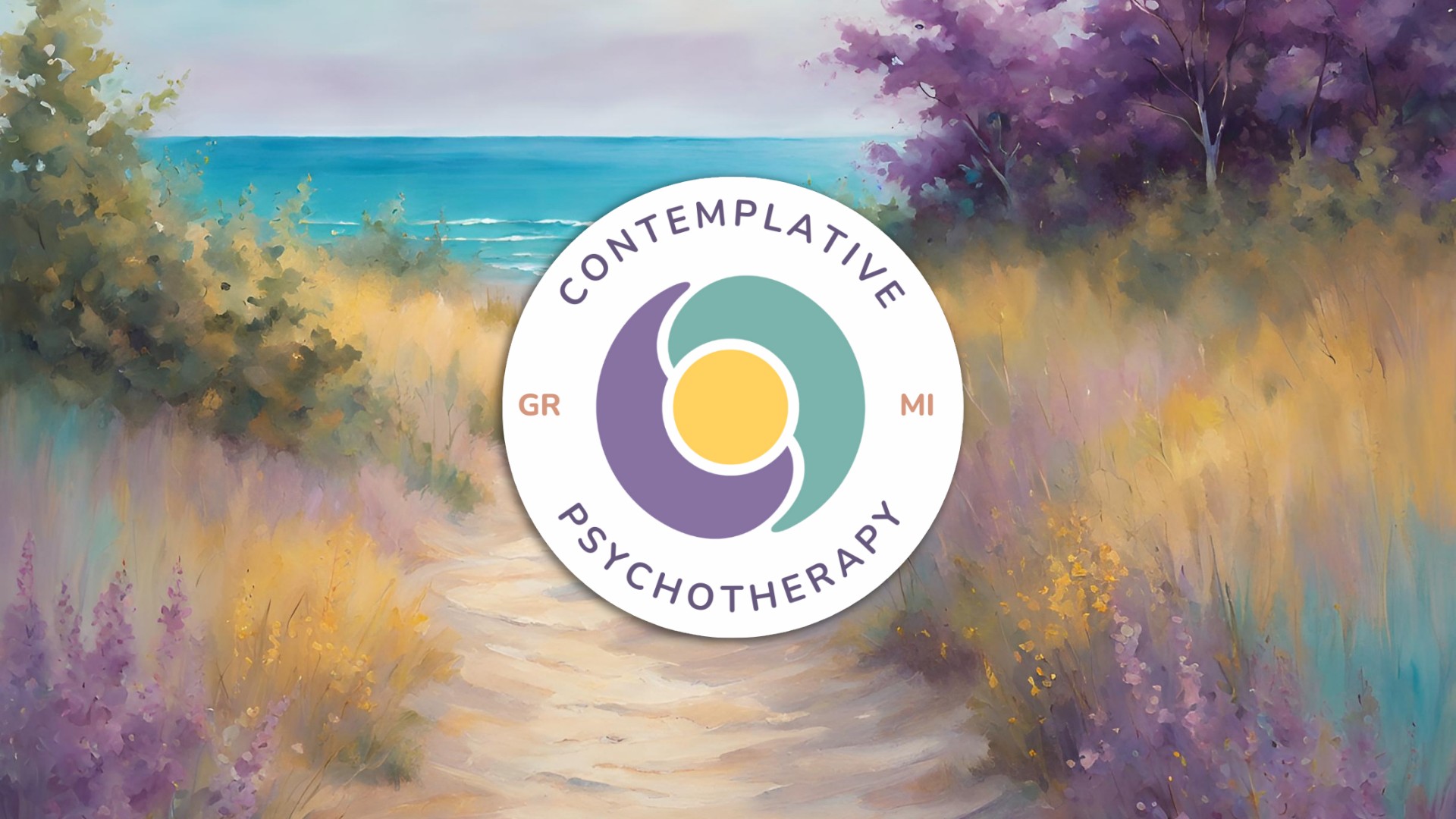
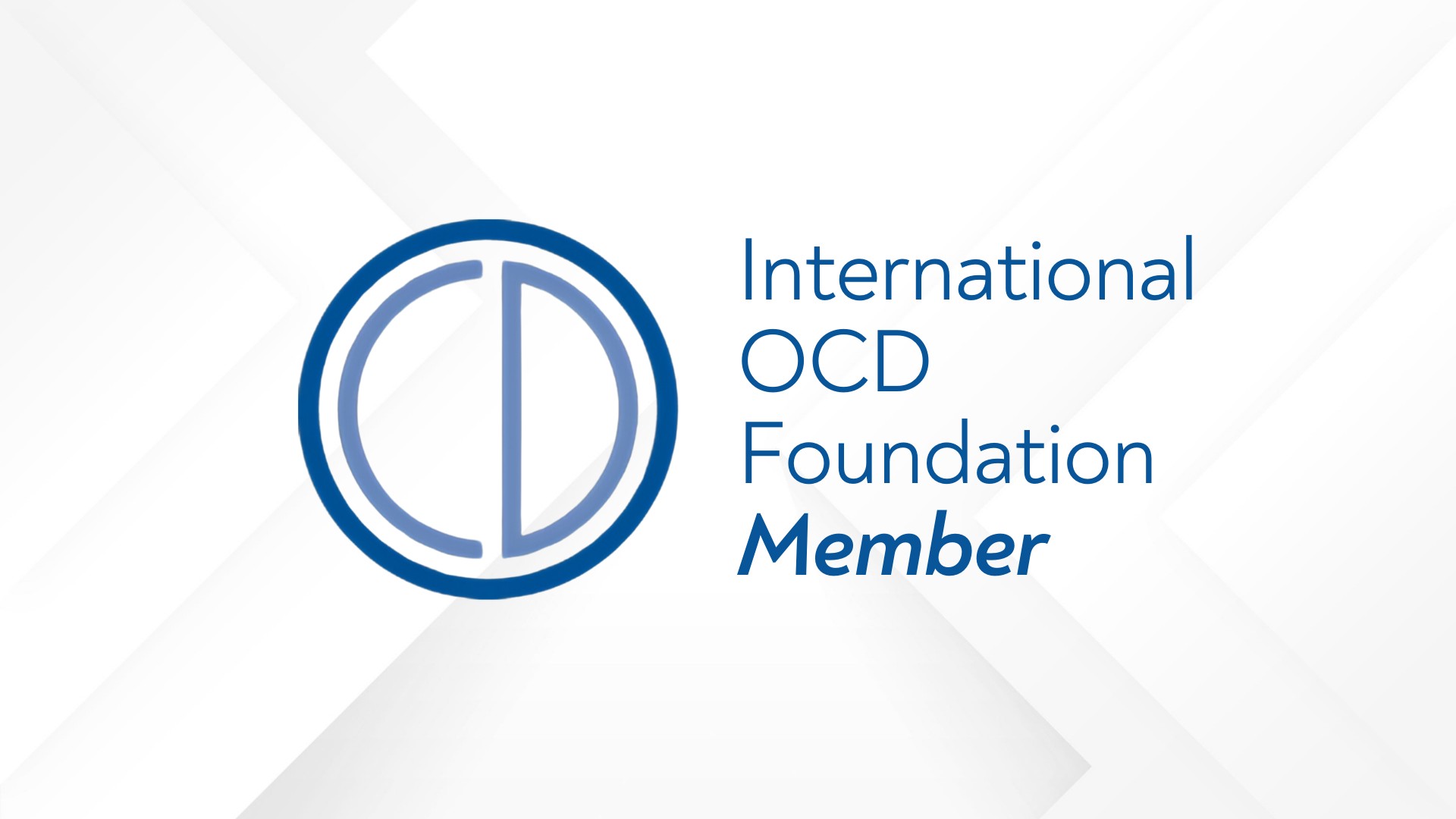
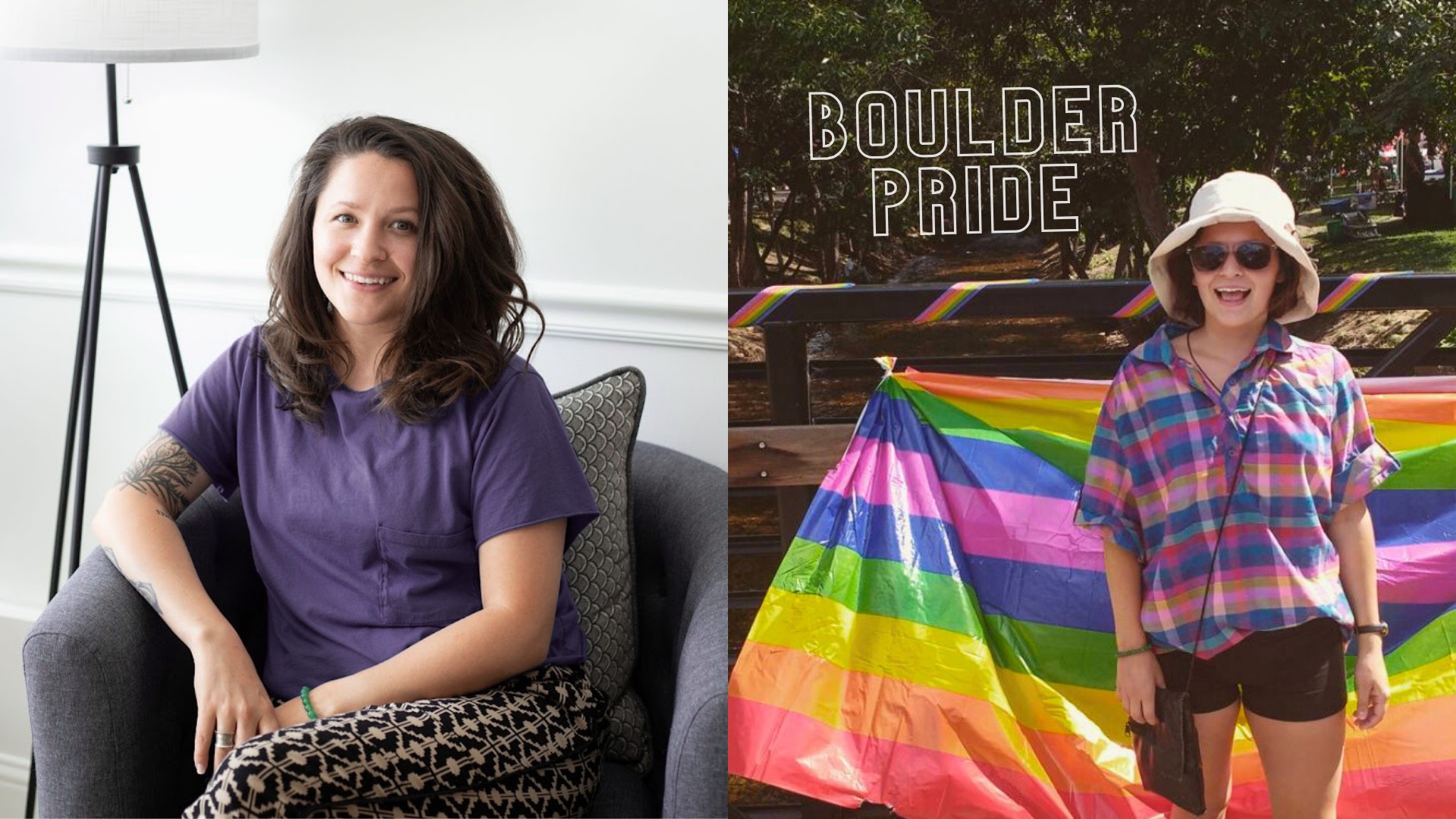
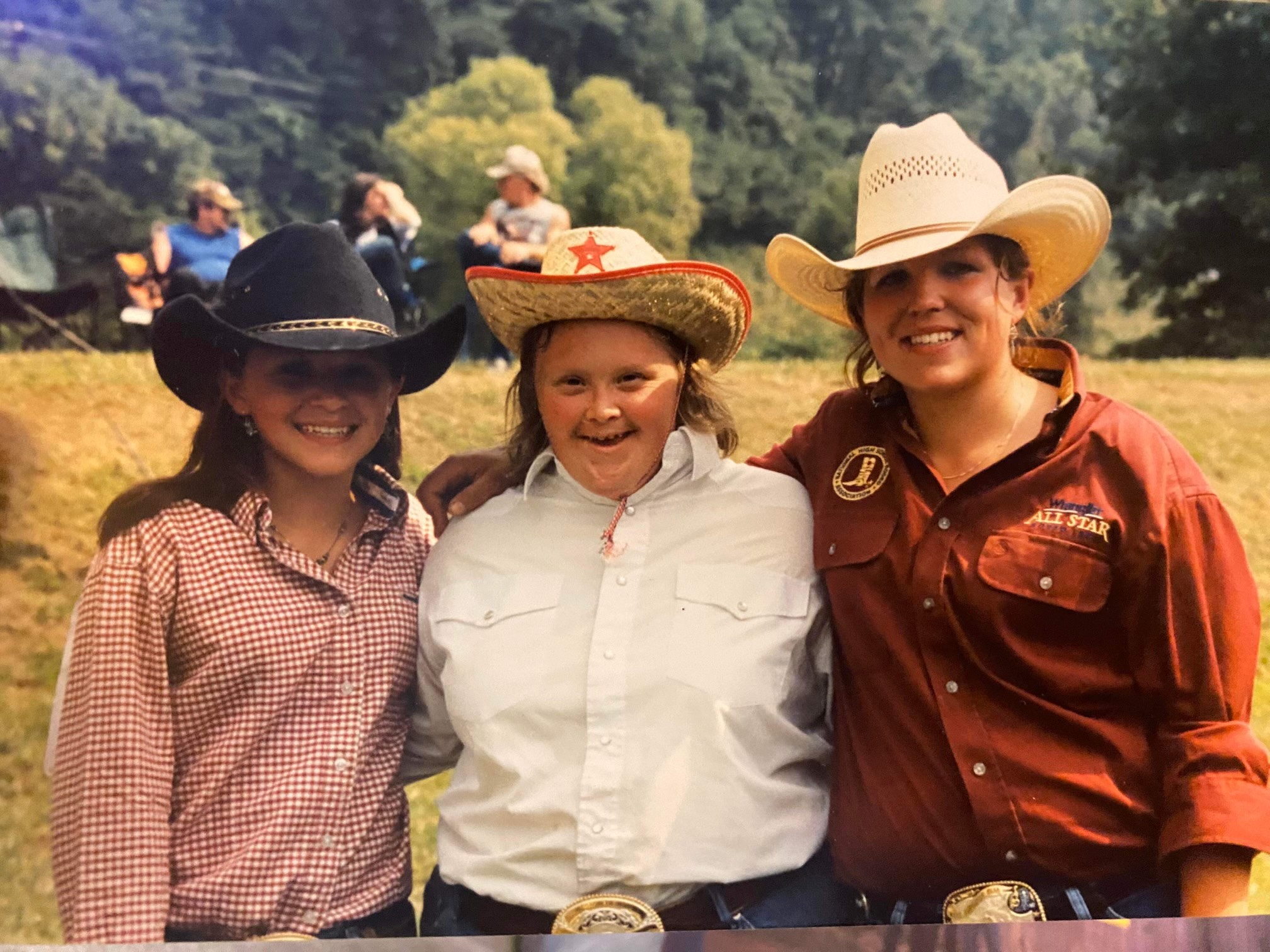 Image Credits
Image Credits
Annah Meintzer Photography

